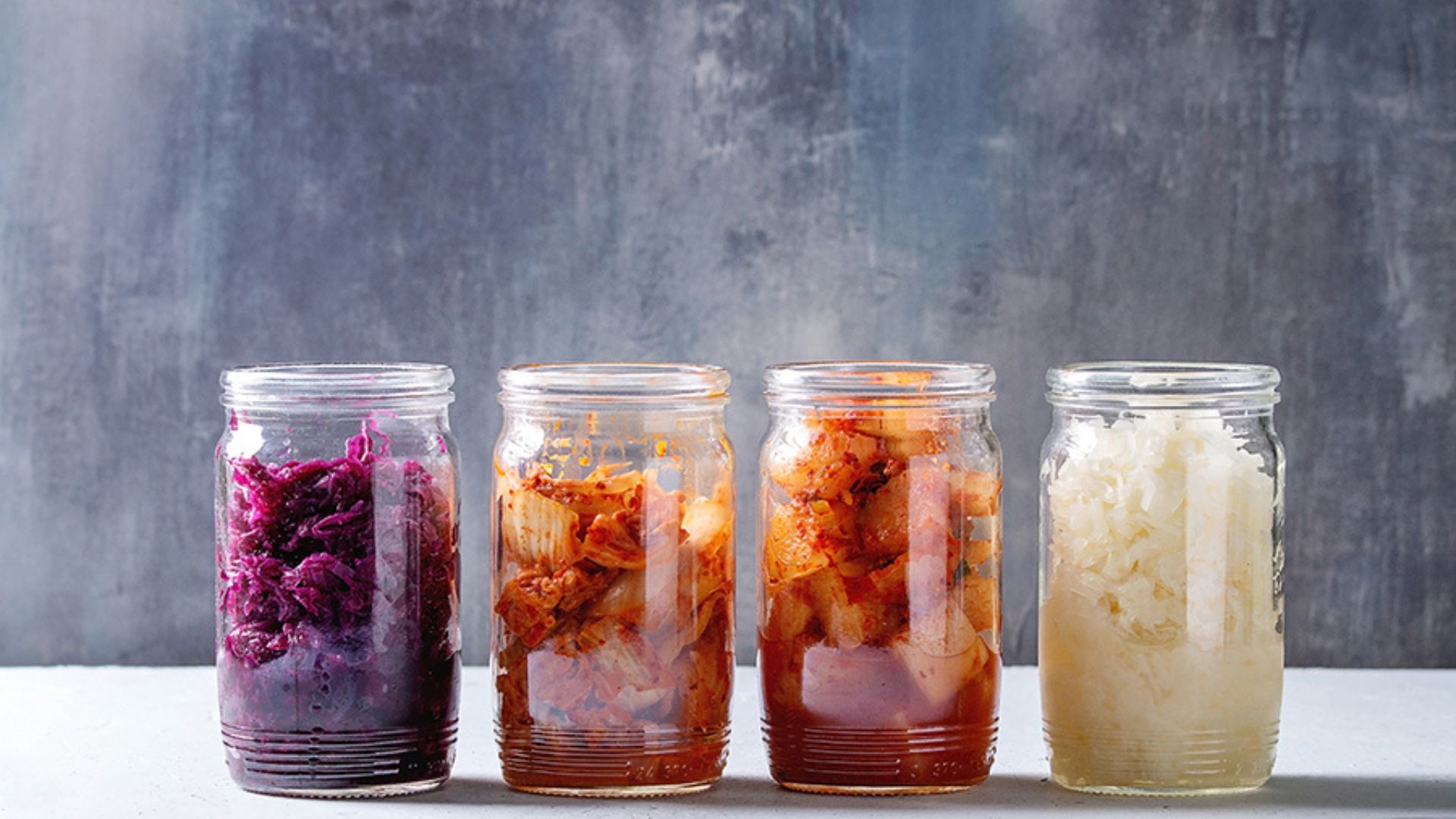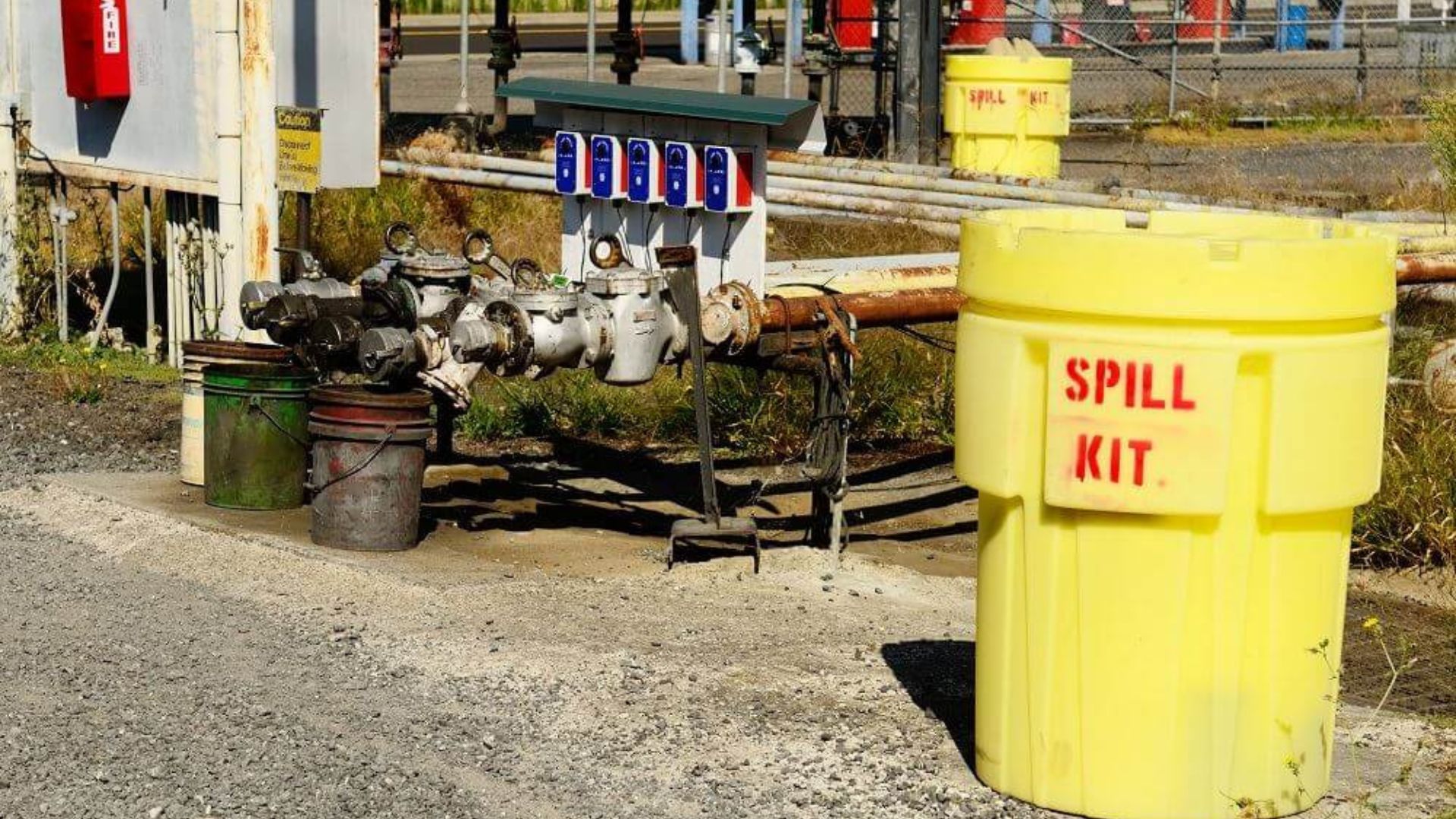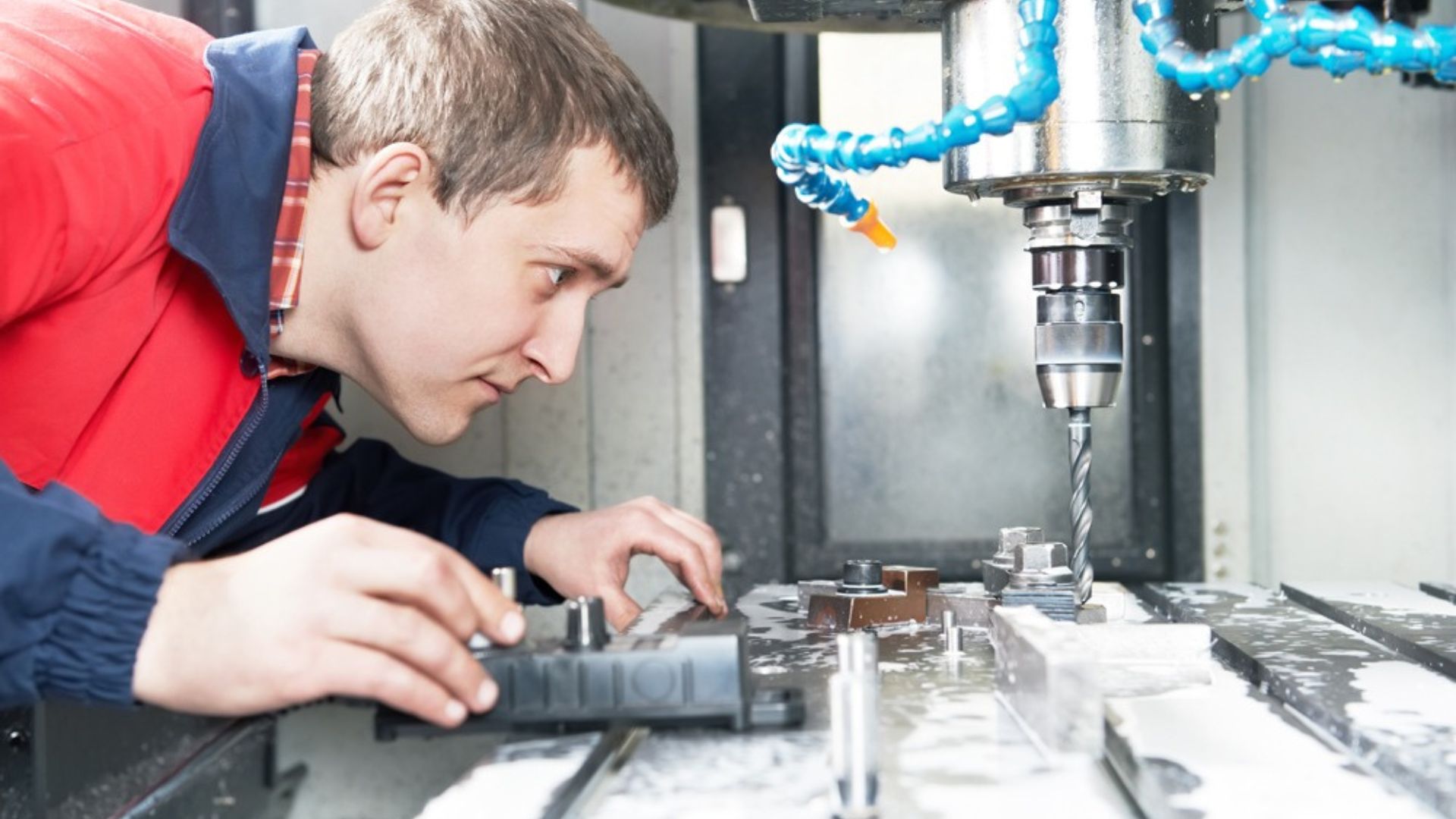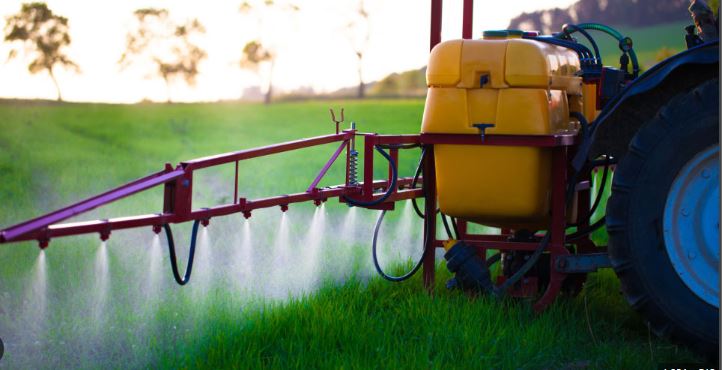Using chemicals in food preservation helps extend the shelf life of various food products. These chemicals, also known as preservatives, play a crucial role in preventing spoilage, maintaining flavour, and ensuring food safety. To maximize their benefits and ensure safe usage, it’s important to follow best practices. Here’s a detailed guide on how to effectively use chemicals in food preservation.
1. Understand the Role of Preservatives
Before using chemicals in food preservation, it’s essential to understand their role. Preservatives inhibit the growth of bacteria, moulds, and yeasts, which can cause food spoilage. They also help to maintain the taste, texture, and nutritional value of food products.
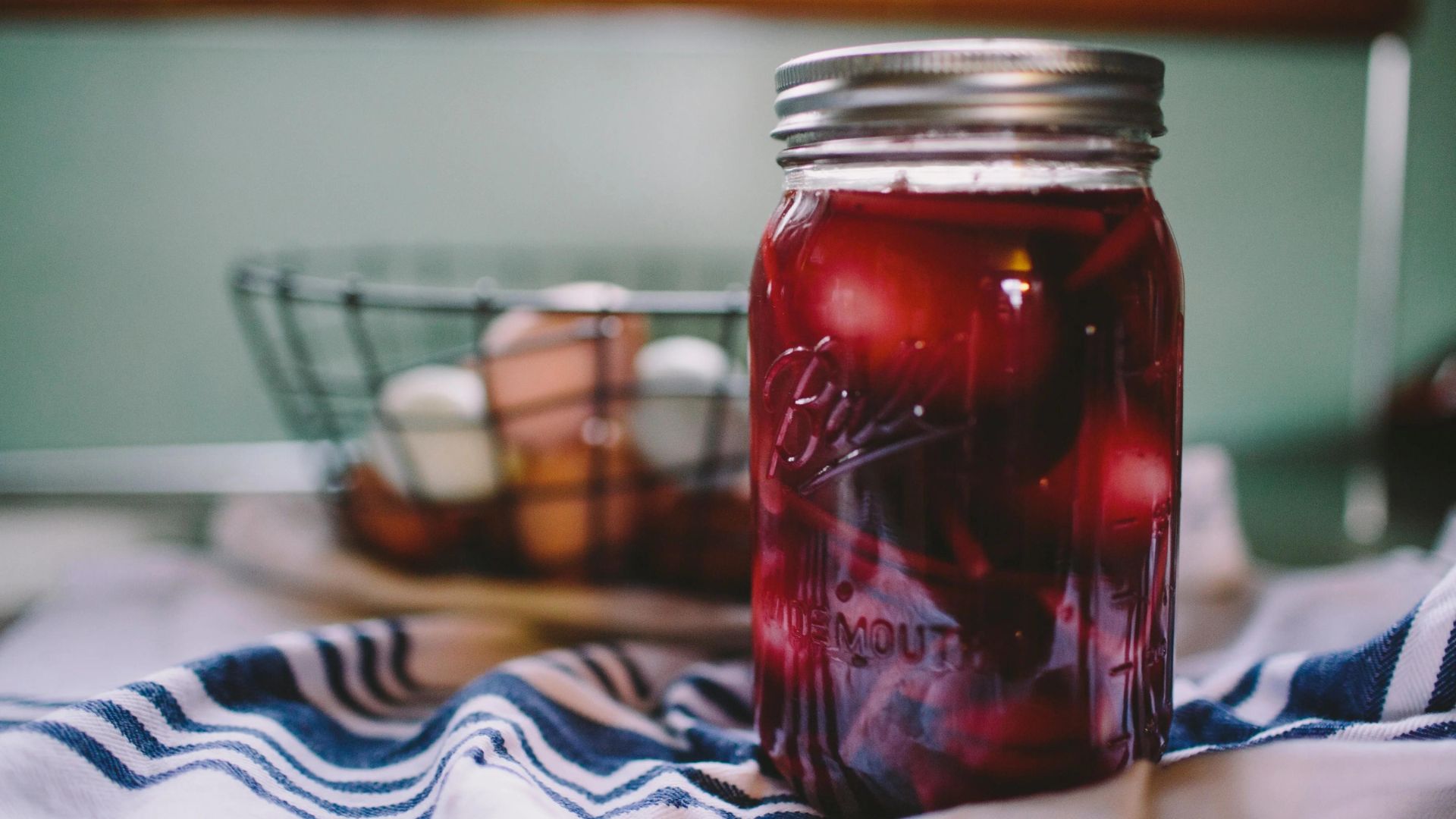
Using Chemicals in Food Preservation
2. Choose the Right Preservative
Select preservatives that are suitable for the type of food you are preserving. Common preservatives include sodium benzoate, potassium sorbate, and sulfur dioxide. Each has specific uses and benefits, so choose one based on your food preservation needs.
3. Follow Recommended Dosages
When using chemicals in food preservation, always follow the recommended dosages. Overusing preservatives can lead to undesirable flavours or potential health risks. Refer to guidelines provided by food safety authorities to ensure proper usage.
4. Understand the Chemical Reactions
Different preservatives work in various ways. Some act by reducing the pH of the food, making it less hospitable for microbes, while others inhibit microbial enzyme activity. Understanding how each chemical works helps you apply them effectively.
5. Maintain Proper Storage Conditions
Store preservatives according to the manufacturer’s recommendations. Most chemicals should be kept in a cool, dry place away from direct sunlight. Proper storage ensures that the chemicals remain effective and safe for use.
6. Use Food-Grade Chemicals
Always use food-grade chemicals specifically designed for food preservation. Non-food-grade chemicals can be harmful and are not intended for consumption. Verify the grade and suitability of the chemicals before using them.
7. Conduct Small-Scale Testing
Before applying chemicals to large batches of food, conduct small-scale tests. This helps you determine the effectiveness of the preservative and check for any adverse reactions. Small-scale testing also allows you to adjust concentrations as needed.
8. Keep Accurate Records
Maintain detailed records of the chemicals used in food preservation. Document the type of preservative, the amount used, and the date of application. Accurate records help track the effectiveness and safety of your preservation methods.
9. Train Personnel
Ensure that everyone involved in food preservation is trained in using chemicals safely and effectively. Proper training includes understanding dosage, application methods, and safety protocols. Well-trained personnel can prevent mishaps and ensure successful preservation.
10. Implement Hygiene Practices
Good hygiene practices are crucial when using chemicals in food preservation. Ensure that all equipment and surfaces are clean and sanitized before use. This reduces the risk of contamination and ensures that the preservatives work as intended.
11. Monitor Food Quality
Regularly monitor the quality of preserved food. Check for signs of spoilage, such as off-odors or changes in texture. Monitoring helps ensure that the preservatives are working effectively and allows you to make adjustments if needed.
12. Be Aware of Health Regulations
Stay informed about health regulations and guidelines related to chemical usage in food preservation. Compliance with local and international standards helps ensure that your practices are safe and legal. Regularly review regulations to keep up-to-date with any changes.
13. Use Alternatives When Possible
Consider using natural preservatives when possible. Natural options like vinegar, lemon juice, and certain herbs can sometimes replace chemical preservatives. They offer a healthier alternative and can be just as effective in preserving food.
14. Dispose of Chemicals Properly
Follow proper disposal methods for any unused or expired chemicals. Many preservatives require special disposal procedures to prevent environmental contamination. Check local guidelines for the correct way to dispose of chemical waste.
15. Review and Update Practices
Regularly review and update your food preservation practices. Stay informed about new developments and advancements in food preservation technology. Updating your methods ensures that you continue to use the most effective and safest practices available.
Conclusion
Using chemicals in food preservation is essential for maintaining food safety and quality. By understanding the role of preservatives, choosing the right ones, following recommended dosages, and adhering to best practices, you can effectively extend the shelf life of your food products. Implementing these tips ensures safe and efficient food preservation, helping you achieve the best results while safeguarding health and quality.

